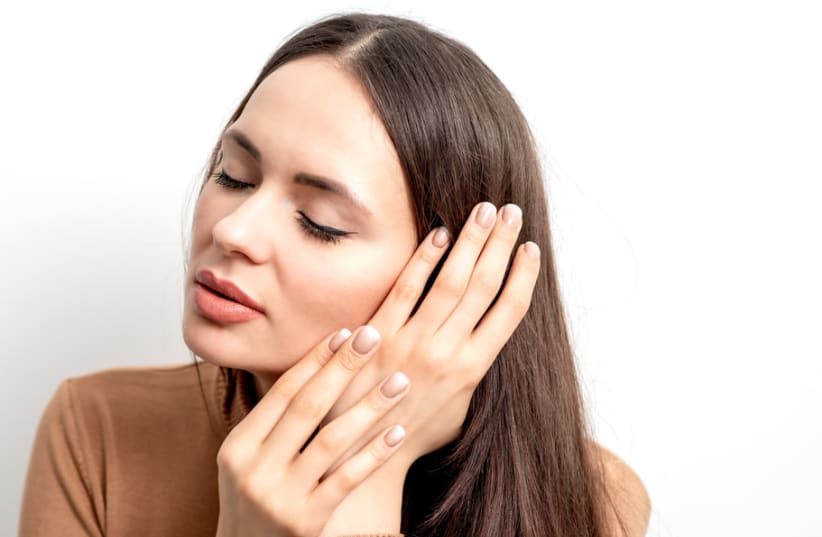She is considered one of the most important influencers in the field of fashion, but this week Hailey Bieber uploaded a photo on her Instagram account and revealed the disease she suffers from. "I have perioral dermatitis and a pretty bad breakout right now," she shared with her followers.
Why is it so true and important that leaders of public opinion be transparent and reveal their skin in front of their followers?
Because we are in an era where everything is transparent, there is nothing to be ashamed of and anyone who suffers from the same disease/problem can see that it doesn't have to be so frustrating and difficult. Perioral dermatitis is a red inflammatory rash that appears around the mouth, it may be chronic and/or last for periods of many months. Usually, the skin will be dry in the area of the eruption. Although it is very common on the skin area around the mouth, it may also spread beyond the mouth area.
Sometimes the phenomenon is reminiscent of acne lesions, although this rash is actually perioral dermatitis. Sometimes there are small red eruptions of the scaly rash and this will mainly stand out in people with light skin. Whether the rash is red (mainly on fair-skinned people) or skin-toned (in dark-skinned people), the rash is annoying and itchy and can cause a burning sensation. Perioral dermatitis can appear at any age, in any ethnic group, even in children.
People are usually put off when they see red sores in different parts of the body, but it is important to note that no matter in which parts of the body the disease breaks out, it is neither contagious nor dangerous at all, so you can breathe at least in this aspect.
On the other hand, there is no real clarity regarding the cause of the disease and the appearance of the rash on the skin. It could be that the skin is irritated for any number of reasons, such as toothpaste, cream, one or another preparation, but this could certainly also be an allergic reaction to things that come in contact with the skin, and cases have even been recorded in which the rash appeared after prolonged use of steroid-based drugs.
הצגת פוסט זה באינסטגרם
First, it is recommended to avoid as much as possible those pathogens that aggravate the outbreak.
Among the actions that worsen the outbreak: exposure to extreme heat/cold, hot shower or immersion in a hot bath with preparations, spicy food, drinking alcohol, mental stress. Discontinuation of steroid medications accompanied by a doctor, because there is a withdrawal effect from steroids, and as soon as you stop, there is a certain aggravation until the body is weaned, and you have to be careful not to be tempted to use again because of panic from the aggravation.
Avoid pressure / rubbing the facial skin. It is recommended to maintain hygiene Avoiding exposure to the sun in order not to leave pigmentation Avoiding the use of active ingredients in cosmetics such as: acids, peeling, etc.
In some cases the rash will disappear on its own, but in other cases the intervention of a specialist dermatologist will be necessary. The dermatologist will diagnose exactly the type of rash. It is likely that he will immediately recommend to stop applying the steroid-based preparations. The doctor will take into account the use of appropriate antibiotics. In some cases, a mild steroid cream may need to be used for a while along with other medications.
A dermatologist can determine which approach will work best. In most cases, the recommendation would be to change the care routine and even try to understand what was the trigger for the outbreak. Skin care routine can play a very important role in treatment.
For example, you can consider switching to clean skin care products: without perfume, without parabens, without scents, along with careful cleaning and very gentle treatment of the facial skin. The improvement is not immediate, a gradual improvement should be expected. This rash tends to clear up slowly and it may take a few weeks or a few months to completely disappear.
